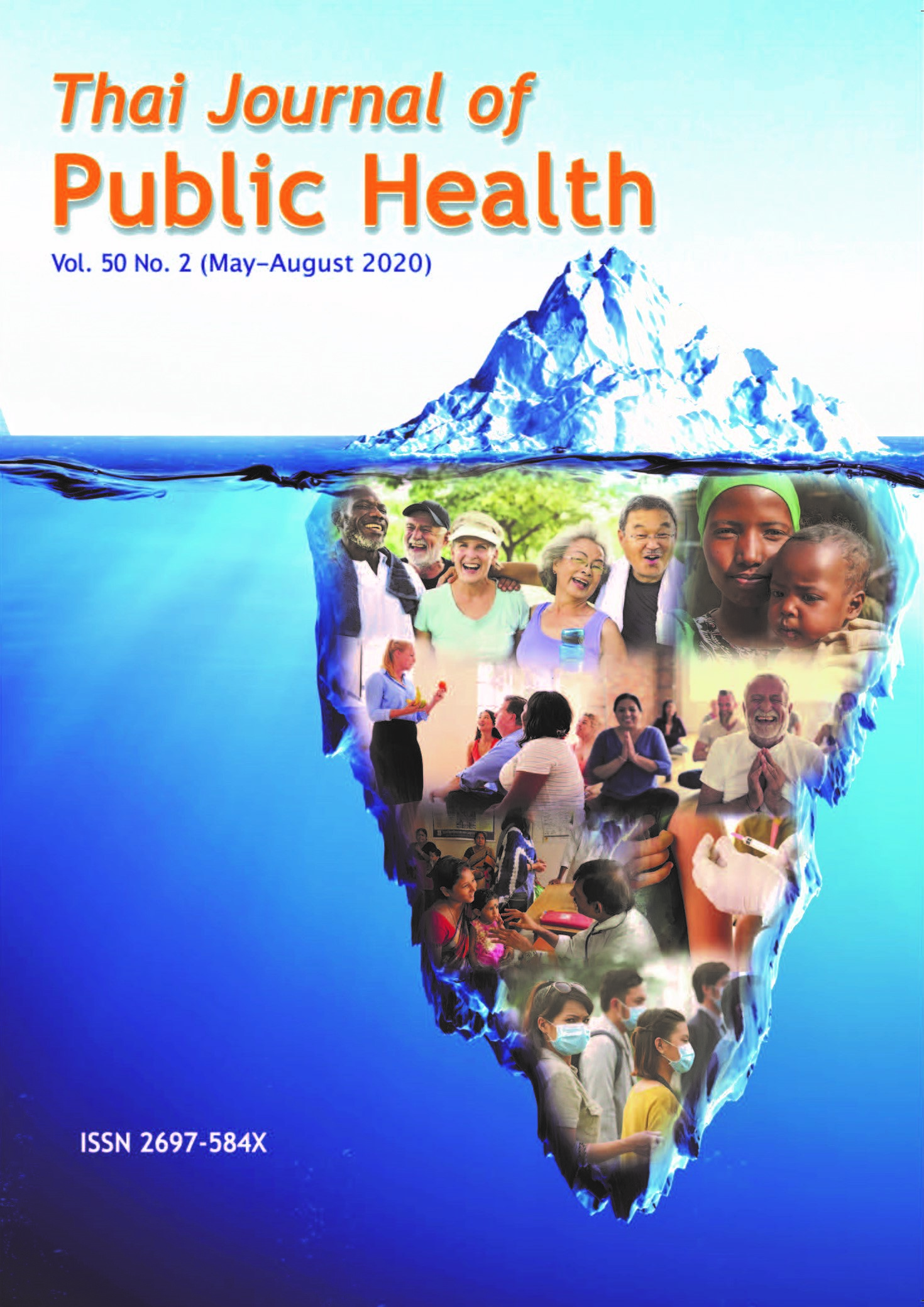Food Security Challenges During and post Movement Restrictions of COVID-19 in Southeast Asia
Keywords:
food security, covid-19, climate changeAbstract
Following the global health crisis brought about by the SARS-CoV-2 coronavirus which causes COVID-19, food security has become or will become an issue in most countries. Most countries have some form of movement restrictions in place as a public health measure to ‘flatten the curve’, i.e., to slow down the community spread and thus avoiding as much as possible overwhelming the capacity of health services to treat patients. In most countries, movement restrictions excluded transportation and movement of food and agricultural produce. However in reality, the supply chain of food from farm to table was disrupted. Most consumers in Southeast Asia rely on retail supply chains other than supermarkets and hypermarkets. These include grocery shops, road side stalls and pop-up weekly markets which are usually supplied by smallholder farmers. During movement restriction orders, low income consumers and smallholder farmers experienced food insecurity. For the latter, they had piles of unsellable vegetables and fruits which compromised their ability to replant the next batch of crops; thus plunging them into economic hardship. Policy makers should consider a new supply chain model that connects farmers directly to consumers as movement restriction orders have shown that the old model of farmers - middlemen - consumers was problematic. Post COVID-19 pandemic, food security planning must take into account climate change and livelihood of smallholder farmers, other than issues of availability, affordability, accessibility and utilisation. Generally Southeast Asian countries have yet to achieve resilience to climate change. Post pandemic, agriculture extension work that includes processing of harvests could be considered to increase the livelihood of smallholder farmers, as well as monetising farm work which had usually been unpaid. Addressing food security for all should include the lowest denominator that are most vulnerable, which in many places are low income households including smallholder farmers, women and particularly low income women, and foreign manual workers.
References
Dezan Shira and Associates. The coronavirus in Asia and ASEAN – Live updates by country. In ASEAN Briefing. Available from: https://www.aseanbriefing.com/news/coronavirus-asia-asean-live-updates-by-country/, accessed June 22, 2020.
Bangkok Post. Bangkok malls to close from Sunday. March 22, 2020. Available from: https://www.bangkokpost.com/thailand/general/1883570, accessed June 22, 2020.
Myanmar Times. Mandalay city to halt entry and exit of vehicles from April 7 to 21. April 3, 2020. Available from: https://www.mmtimes.com/news/mandalay-city-halt-entry-and-exit-vehicles-april-7-21.html, accessed June 22, 2020.
Online Newspaper of the Government of the Socialist Republic of Viet Nam. Viet Nam to go into 15-day nationwide social distancing to curb COVID-19. March 31, 2020. Available from: http://news.chinhphu.vn/Home/Viet-Nam-to-go-into-15day-nationwide-social-distancing-to-curb-COVID19/20203/39472.vgp, accessed June 22, 2020.
The Laotian Times. Laos extends lockdown until 3 May. Arpil 15, 2020. Available from: https://laotiantimes.com/2020/04/15/laos-extends-lockdown-until-03-may/, accessed June 22, 2020.
VOD. Government restricts movement outside Phnom Penh due to Covid-19. April 9, 2020. Available from: https://vodenglish.news/government-restricts-movement-outside-phnom-penh-due-to-covid-19/, accessed June 22, 2020.
Malay Mail. Malaysia relaxes its Covid-19 partial lockdown today, so what can we expect? May 4, 2020. Available from: https://www.malaymail.com/news/malaysia/2020/05/04/malaysia-relaxes-its-covid-19-partial-lockdown-today-so-what-can-we-expect/1862713, accessed June 22, 20202.
CNA. COVID-19 circuit breaker extended until June 1 as Singapore aims to bring down community cases ‘decisively’: PM Lee. April 22, 2020. Available from: https://www.channelnewsasia.com/news/singapore/covid-19-circuit-breaker-extended-june-pm-lee-speech-apr-21-12662054, accessed June 22, 2020.
The Jakarta Post. 50 days of Indonesia’s partial lockdown. Is it enough for the ‘new normal’? May 29, 2020. Available from: https://www.thejakartapost.com/news/2020/05/28/50-days-of-indonesias-partial-lockdown-is-it-enough-for-the-new-normal.html, accessed June 22, 2020.
Reuters. Philippines extends capital’s coronavirus lockdown to May 15. April 24, 2020. Available from: https://www.reuters.com/article/us-health-coronavirus-philippines-lockdo/philippines-duterte-extends-coronavirus-lockdown-in-capital-manila-to-mid-may-idUSKCN226048, accessed June 22, 2020.
National Disaster Risk Reduction and Management Council. National Task Force (NTF) for coronavirus disease-2019 (COVID-19) Situational Report No. 08. April 8, 2020. Available from http://www.ndrrmc.gov.ph/attachments/article/4036/National_Task_Force_for_Coronavirus_Disease-2019_COVID-19_SitRep_No_08_as_of_8April2020.pdf, accessed June 22, 2020.
The Diplomat. Timor-Leste’s coronavirus response. May 4, 2020. Available from: https://thediplomat.com/2020/05/timor-lestes-coronavirus-response/, accessed June 22, 2020.
PNG National Department of Health. Coronavirus disease 2019 (COVID-19). Papua New Guinea Situation Report 19. May 3, 2020. Available from: https://www.health.gov.pg/covid19/PNGSR19PCOVID-19(2020-05-03).pdf, accessed June 22, 2020.
USA Foreign Agricultural Service. Global Agricultural Information Network. GAIN Report Number MY8004l 2018. Available from: http://agriexchange.apeda.gov.in/MarketReport/Reports/Retail_Foods_Kuala_Lumpur_Malaysia_6-29-2018.pdf, accessed June 15, 2020.
Asian Development Bank. Key Indicators for Asia and the Pacific 2019. 50th ed.; 2019. Available from: https://www.adb.org/sites/default/files/publication/521981/ki2019.pdf , accessed June 16, 2020.
The Economist Intelligence Unit. Global Food Security Index; 2019. Available from: https://foodsecurityindex.eiu.com, accessed June 16, 2020.
FAO. Women in agriculture: closing the gender gap for development. In the state of food and agriculture 2010 – 11. Available from: http://www.fao.org/3/i2050e/i2050e02.pdf, accessed June 16, 2020.
FAO. Rural women in household production: increasing contributions and persisting drudgery. In Women and food security in Asia and the Pacific: prospects and paradoxes. RAP Publication 2005/30. Food and Agriculture Organization of the United Nations Regional Office for Asia and the Pacific, Bangkok; 2005. Available from: http://www.fao.org/3/af348e/af348e07.htm#bm07, accessed June 16, 2020.
FAO. Macro scenario of regional women’s economic activity and education. In Women and food security in Asia and the Pacific: prospects and paradoxes. RAP Publication 2005/30. Food and Agriculture Organization of the United Nations Regional Office for Asia and the Pacific, Bangkok; 2005. Available from: http://www.fao.org/3/af348e/af348e06.htm, accessed June 16, 2020.
United Nations Economic and Social Commission for Asia and the Pacific. Unpaid work in Asia and the Pacific. Social Development Policy Paper No. 2019/02. Available from: https://www.unescap.org/sites/default/files/PP_2019-02_Unpaid%20Work.pdf, accessed June 16, 2020.
Duflo E. Women empowerment and economic development. J Econ Lit 2012; 50(4): 1051-79.
Downloads
Published
Issue
Section
License
Creative Commons License CC-BY-ND


